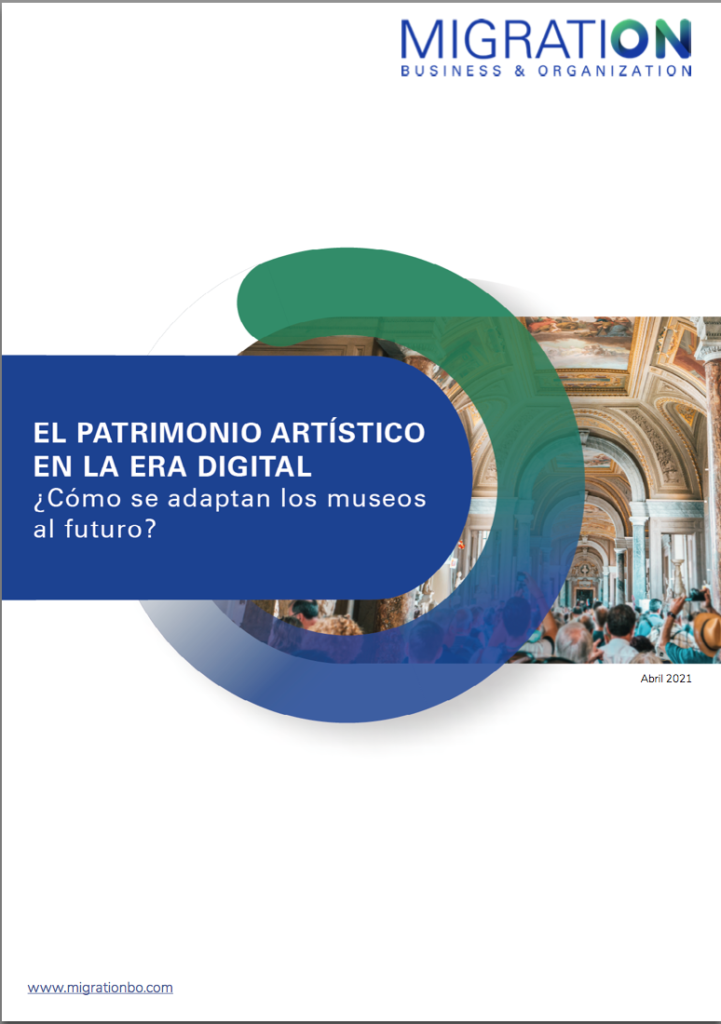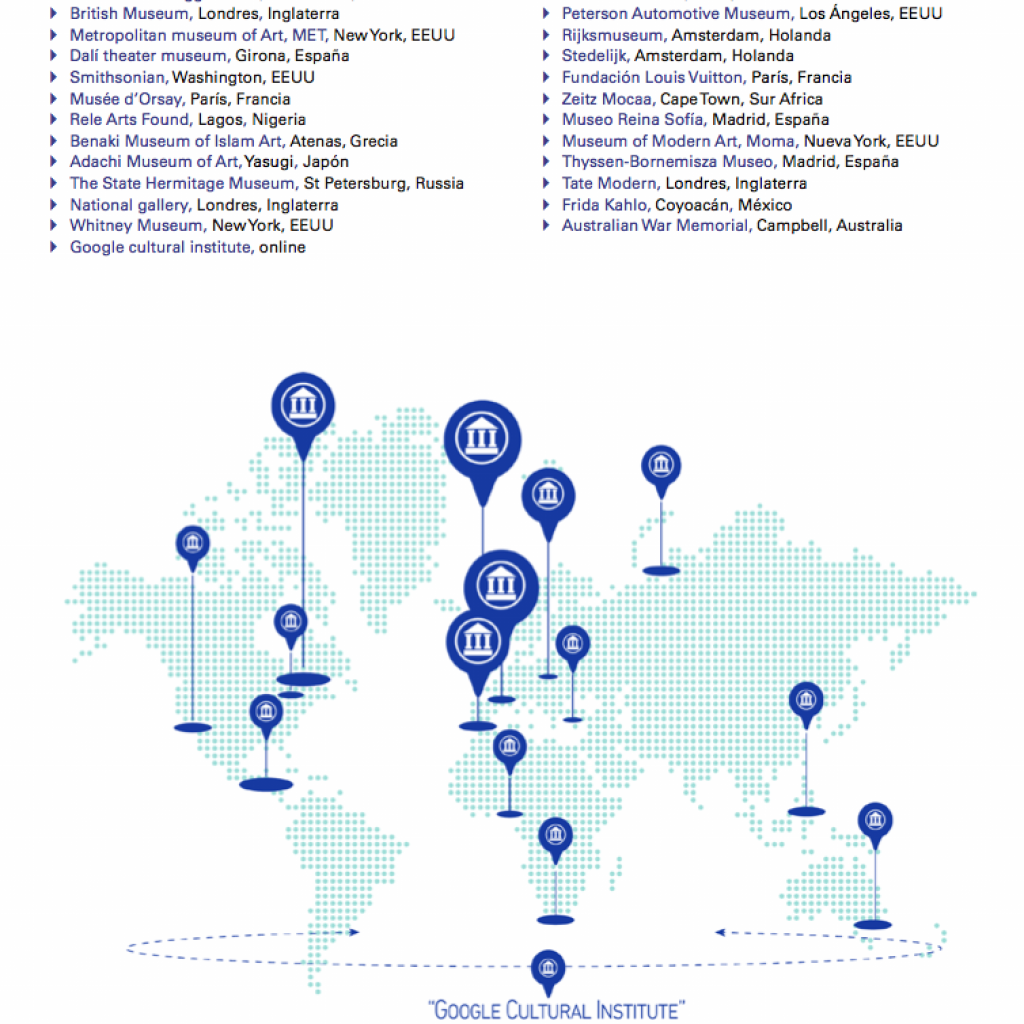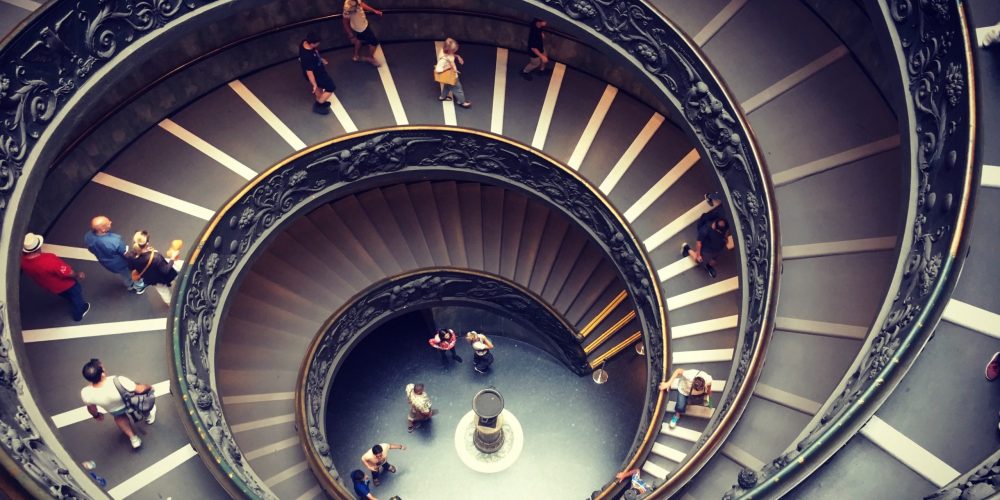Digitalisation has reached each and every area of our lives, and culture is no exception. Although museums and cultural institutions have not, over the years, been direct drivers of change and modernisation, they have been forced to join this process of digitisation that is increasingly latent in our society.
Audiences, once mere spectators of cultural activity, have left behind this observer role to become active agents who want to be part of change and processes. This is why interaction with them has become a fundamental value, once again resorting to the possibilities presented by technology and the digital era.
At MIGRATION we have carried out an in-depth analysis of the situation of some of the most important cultural institutions in the world, with the intention of finding out first-hand what their degree of digitisation is and what innovative proposals they have incorporated into their programmes. In this way, we will also be able to delimit what steps they will take to reach a digital era that orbits around the world of art and culture.

A heterogeneous digitisation
Disparity has become a remarkable quality in the digitisation process of museums and cultural institutions. This analysis has allowed us to observe that the majority of institutions have employed methods related to these new technologies on an experimental basis, thus beginning a promising path that requires perseverance and commitment. Other more incipient technologies, such as robotics, need a longer period of time to make their way in the world of cultural institutions, although we can already see some examples that have started in the right direction.
It is striking to note the enormous and rapid digitisation of artistic heritage that has developed in recent times, undoubtedly accelerated by the arrival of COVID-19. Many institutions have incorporated their collections into the digital environment, with around 80% of them. This gives the public the opportunity to access their favourite works whenever and wherever they wish, and they are just a click away.

A developing educational world
Collaborative proposals have appeared on the scene, once again responding to the demands of an increasingly non-conformist public that wants to participate. In addition, there is a certain educational trend, materialised through research Labs and MOOCs, which, although not predominant, is beginning to emanate from some institutions such as the MET or MOMA.
COVID-19, an opportunity for digitisation
As we have been able to extract from this exhaustive analysis, the sudden arrival of COVID-19 was, at the beginning, a real source of problems for the activity of cultural institutions. However, those that had made a greater commitment to digitisation saw their capacity to cope with such a crisis increase compared to those that had lagged behind in the digital process.
Consumer habits had changed, but the unusual situation in the world showed once again that digitisation is an end in itself that we must achieve, without exceptions. The technological development of museums has experienced an exponential impulse that once again places at the centre of the debate the need to adapt to this new technological society that surrounds us.
As a result of the pandemic, numerous digital initiatives have come to light which, despite their sometimes hurried irruption, represent an unprecedented opportunity to fulfil the educational and disseminating function that rests on cultural institutions.
As we can see from this analysis and experience in each and every one of the environments of our lives, digitalisation is here to stay and cultural institutions must join in a change that has long ceased to be optional.



